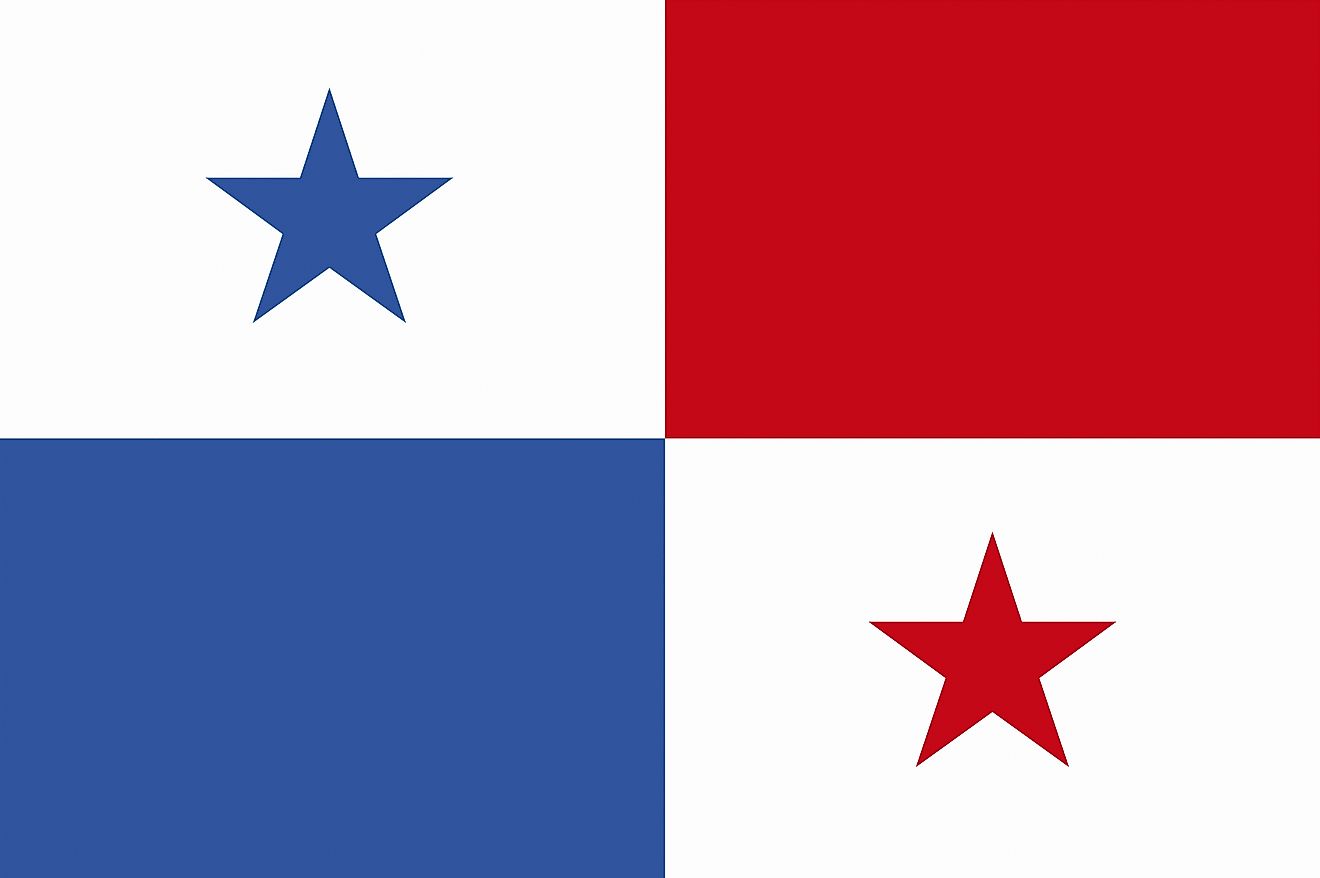Flag With Blue Star - The "Bonnie Blue Flag" was a banner repeatedly associated with the Republic of Texas, the short-lived Republic of West Florida, and the Confederate States of America at the start of the American Civil War in 1861. -terminal white star on a blue background. Its first use dates back to 1810 and is considered the first single flag in United States history.
Naval ensign of the independent Republic of Texas 1836–1845 (Note: Also raised in Psakola in 1861 by Colonel William H. Chase in a tentative depiction of the rebellion in the Southern States)
Flag With Blue Star

Jefferson Davis State Historic Site and Museum. The Bonnie Blue flag is the rightmost of the flags on the left.
Buy: Personalized Welcome Red White & Blue Stars Minnie
The first recorded use of this flag (usually with a white star) was in 1810 when it was used to suppress the Republic of West Florida, a republic of English-speaking peoples in parts of eastern Louisiana on the Mississippi River who rebelled against rule. Spanish government and overthrew the governor of the Spanish district Carlos de O de Lassus in Baton Rouge. The independence of the republic lasted only three months and collapsed after the annexation of the disputed part of the land of Louisiana to the territory of the United States, acquired as a result of the Louisiana Purchase.
Later named the Burnet flag, it was adopted by the Congress of the Republic of Texas on December 10, 1836. This version consisted of an azure background with a large gold star, modeled on the 1810 flag of the Republic of West Florida.
Variations of the Burnet flag with a white star were also common, almost identical to the Bonnie Blue flag. In other variations, a star of any color was inverted and/or surrounded by the word Texas, with each letter filling in one of the gaps in the star (De Zavala's flag). These flags, combined with the flag of the Fredonian Rebellion, are the ancestors of the modern Texas flag.
When the State of Mississippi seceded from the Union in January 1861, a flag with a single white star on a blue background flew over the dome of the Capitol.
Blue Star Service 3ft X 5ft Nylon Flag
Harry McCarthy helped popularize the flag as a symbol of independence by writing the popular song "Bonnie's Blue Flag" in early 1861. Some Southern breakaway states included a white star on a blue field in their new state flags.
Although the name "Bonnie Blue" dates only to 1861, there is no doubt that the flag is identical to that of the Republic of West Florida.
In 2006, the state of Louisiana officially tied the name "Bonnie Blue" to the West Florida banner by passing a law designating the Bonnie Blue Flag as "the official flag of the historic region of the Republic of West Florida."

The Bonnie Blue Ensign was used as an unofficial flag during the first months of 1861. It flew over the Confederate batteries that opened fire on Fort Sumter, starting the Civil War. In addition, many military units had their own regimental colors, which they carried into battle.
Blue Star Service
In 2007, one of six known Civil War Bonnie Blue flags sold at auction for US$47,800. The flag was carried by the 3rd Texas Confederate Cavalry and later displayed as part of the 1936 Texas War Exhibition.
In Margaret Mitchell's 1936 novel and 1939 film Gone with the Wind, Rhett Butler names his newborn daughter "Bonnie Blue" after Melanie Wilkes remarked that her eyes would be "as blue as Bonnie's blue flag".
Blue flag with yellow star, catalan flag with blue star, blue flag with star circle, blue flag with one star, blue triangle with star flag, blue flag with star, blue flag with star and red stripe, blue red flag with star, blue white red with star flag, blue green flag with star, blue flag with white star, sky blue flag with star
0 Comments